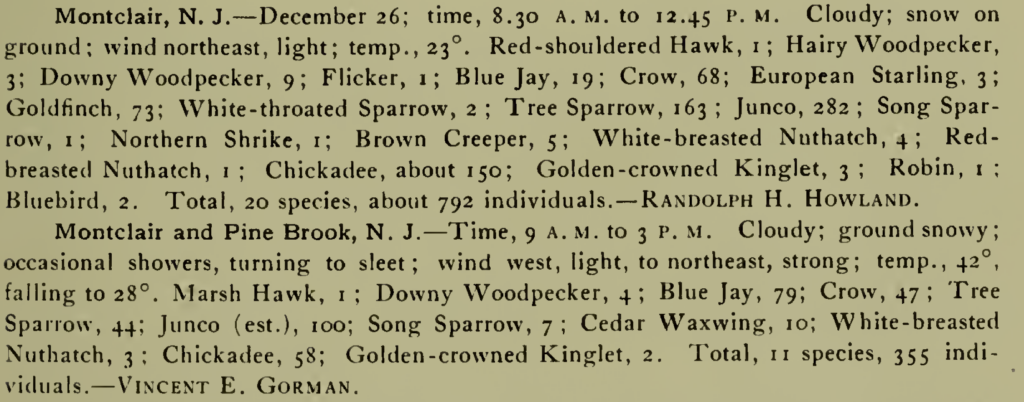Every birder has at least a dim idea of the importance of “market hunting” in the nineteenth and early twentieth centuries. Canvasbacks, bobolinks, Eskimo curlews: there wasn’t much that didn’t appear on the restaurant boards in the right season.

But it wasn’t just gourmands and their suppliers roaming the aisles. Collectors, too, museum men and private hobbyists alike, made the big urban game markets a regular stop on their rounds in search of rare specimens, and the early ornithological journals reported on their finds.
In January 1885, for example, Boston purveyors offered a notable plenty of northern hawk owls, though pine grosbeaks and snow buntings were markedly scarce. Ptarmigan, shipped in from Labrador, were going for a dollar and a half or two dollars a pair, an attractive price for dealers in naturalia: “From the way several prominent taxidermists are prospecting in the vicinity, we are led to believe that more than one eye is on a future corner in the market.”
From even farther afield, sharp-tailed grouse were “nearly as plentiful” in the stalls as prairie chickens, and “several barrels of blue grouse”—whether duskies or sooties I cannot say—arrived in December. Unfortunately, most of the grouse had had their heads removed for shipping, a disappointment to the collectors, one of whom—”F[rancis] B[each] W[hite]” of Boston—found consolation where he might: at least, he wrote, “the flesh was white, juicy and tender, in our opinion far superior to that of the common [presumably the ruffed] Grouse.”









